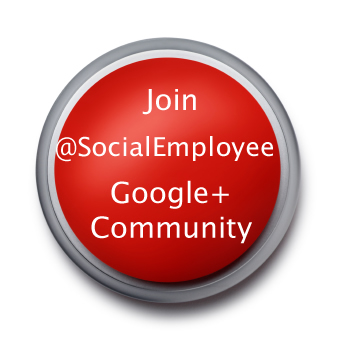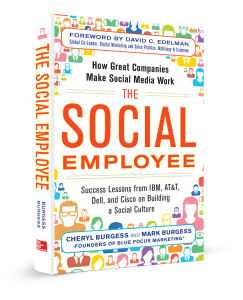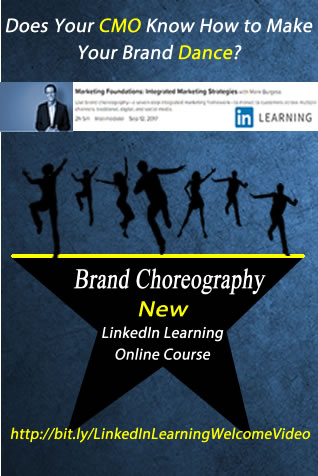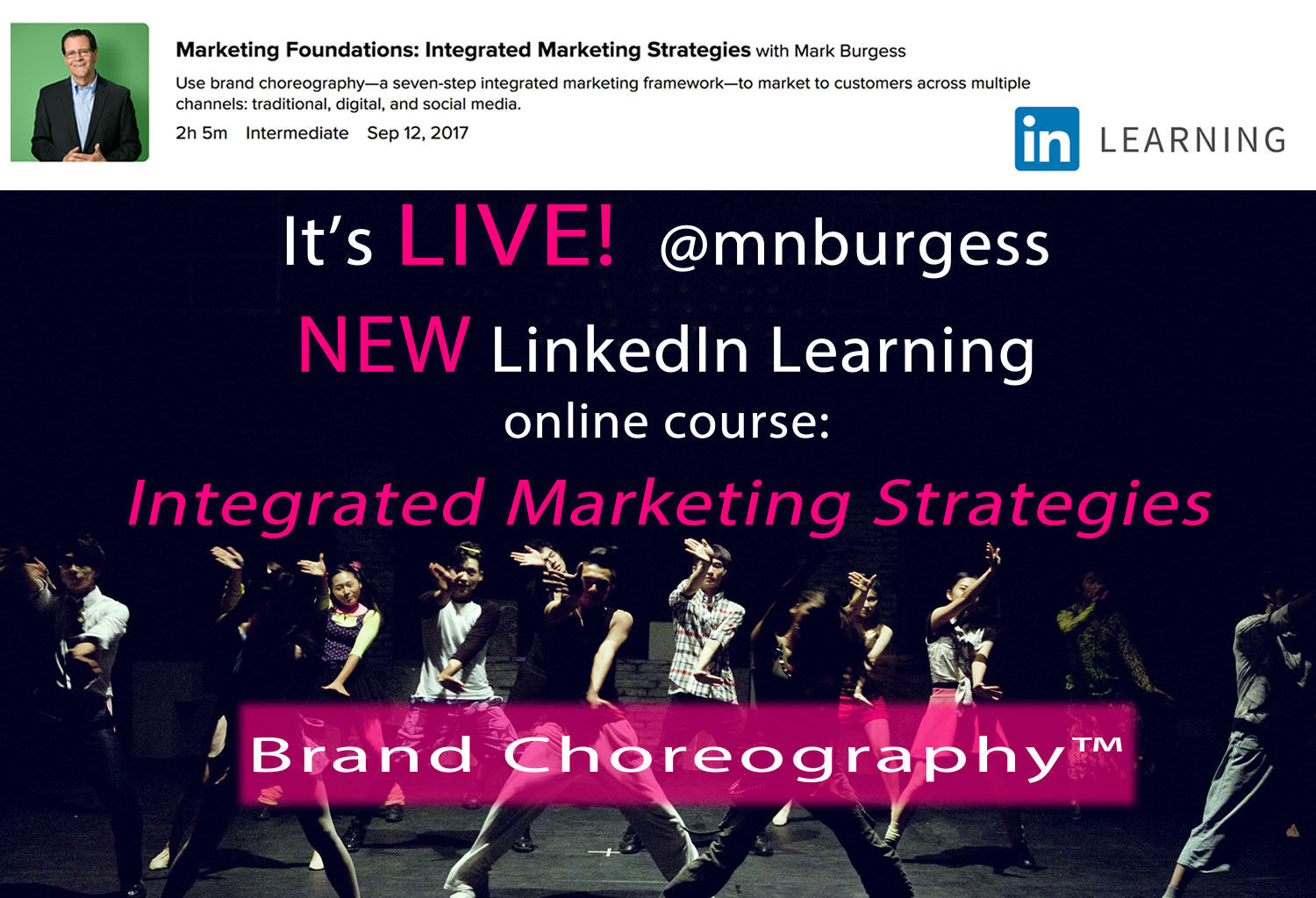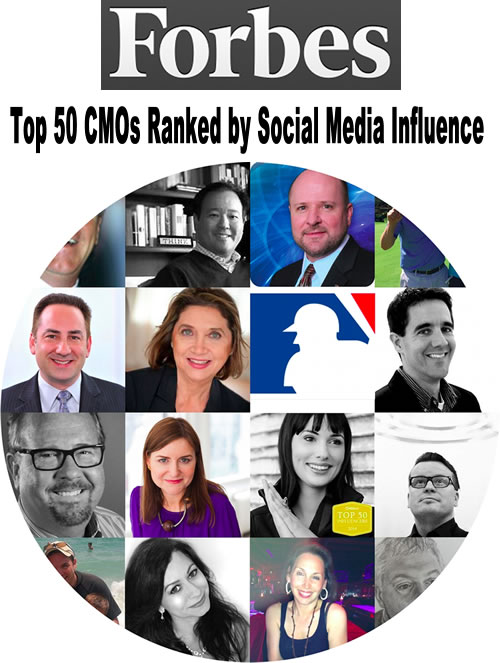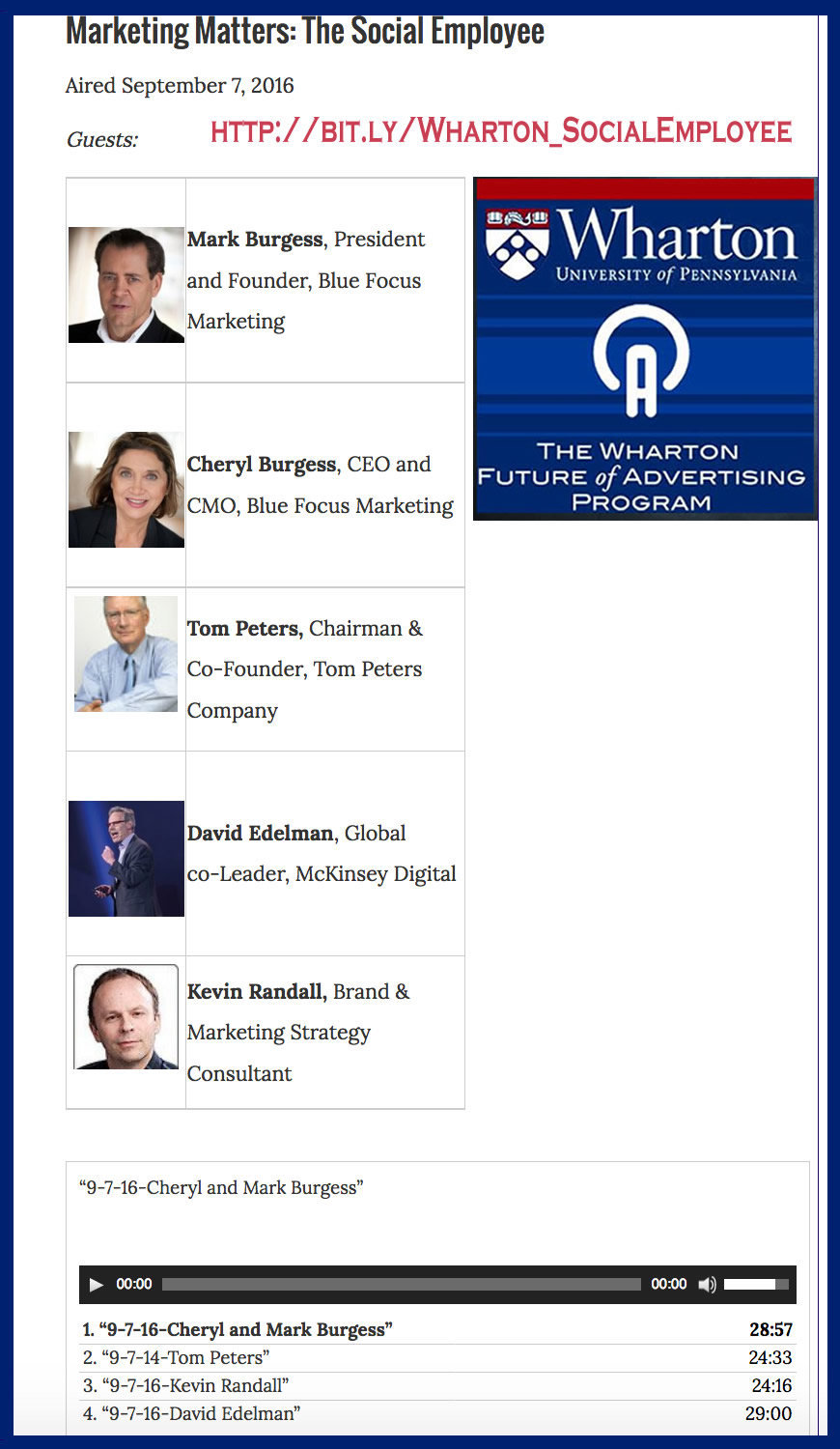A recent IBM global C-Suite study has provided the latest volley of evidence demonstrating that the age of the social business is well underway, and that it’s time for brands to get on the bandwagon. This isn’t necessarily news by itself, but coupled with one of the key findings of the study, the reasons for why brands must start accelerating their social adoption initiatives is beginning to come into much sharper focus.
And what is this key finding that is causing so many analysts to do a double take? It turns out that, when asked what group has the most influence on an organization’s business strategies, 55 percent of executives responded that it was a brand’s customers. This means customers are perceived to have greater influence on strategy than a company’s board of directors (53 percent), its external business partners (25 percent), or its parent company (23 percent). In fact, the only group thought to have more influence is the C-Suite itself (77 percent).
Who is talking to the customers?
It’s good to see that the customer’s voice is being taken seriously, or at least that it’s understood to be important. The question executives now have to ask themselves is, “Who’s talking to the customers?” This is an especially important question, as Gartner recently estimated that 80 percent of all social initiatives over the next three years will either produce underwhelming results or fail completely.
The reason for this staggeringly high number? As MIT Sloan Management Review suggests, a lack of clear objectives inevitably leads to underwhelming employee buy-in and participation, leading to confusing and erratic customer engagement. It goes without saying that this is a recipe for disaster. Whether they like it or not, companies must learn that their employees are their brand ambassadors in the digital bazaar. If those employees aren’t interested in their brand’s social engagement efforts, their interactions with customers will reflect that lack of interest.
That’s a pretty big disconnect. If brands truly hope to go beyond paying lip service to their customer base, they must instill cultures of engaged, passionate social employees.
Why the social employee?
Social employees enable brands to put their money where their mouth is. The new kind of worker is tailor-made for a new era of business—an era where trust, authenticity, and providing value with interaction are priceless commodities. These workers understand that social tools have revolutionized the ways in which we share information, but they also understand the human element—how we choose to use these tools—still matters more.
The reason social initiatives fizzle out, the reason they don’t capture the minds of their employees, is that most of those initiatives don’t take business culture into account. Starting a social project simply because it seems fashionable is like arranging deck chairs on the Titanic. It’s a cosmetic act at best, and it fails to address why brands should strive to engage socially.
By working to build a culture of social employees, a company will have taken its first step to realizing the fundamental truth of social business: a brand cannot communicate externally unless it first learns to communicate internally. Social initiatives do not begin with external engagement on customer-facing platforms. Before a brand starts to reach out via any external channel, it must first make sure its own house is in order.
Social executives set the cultural tone
This process begins in the C-Suite. Executives must learn to engage transparently with their employees, share their brand’s mission, vision, and values, and set thereby set the cultural tone for their workforce. Employees must understand why they’re being asked to adopt new ways of doing business, and they must feel confident that their brand’s social efforts are designed with a purpose and are fully supported.
As Enterasys’s Vala Afshar and Brad Martin say in their book The Pursuit of Social Business Excellence,
our definition of ‘customer’ is not limited to people that are outside of our company. Anytime we deliver a service to a recipient, whether she is on the inside or outside of our company, we consider that recipient to be ‘our customer.’ We all have the opportunity to service others within the enterprise, and thus we all have direct customers regardless of our function in the company.
Executives are right when they say that customers impact their business strategies. And to sustainably propel their businesses forward into the social business era, to generate real returns on investment and build brand eminence in the marketplace, the first customers they should look to for guidance are the ones closest to them—their social employees.
This article was originally posted on Pivot Conference’s blog. Please visit Pivot’s website to learn more.
Please check out @SocialEmployee media buzz! 
“Great brands have always started on the inside, but why are companies taking so long to leverage the great opportunities offered by internal social media? . . . The Social Employee lifts the lid on this potential and provides guidance for businesses everywhere.” —JEZ FRAMPTON, Global Chairman and CEO, Interbrand
 The Social Employee offers an unparalleled behind-the-scenes look at the social business success stories of some of the biggest brand names in the business world, including IBM, AT&T, Dell, Adobe, Southwest Airlines, Cisco, Acxiom, and Domo. These cutting-edge brands have all come to the same realization: the path to social business lies through empowering the social employee.
The Social Employee offers an unparalleled behind-the-scenes look at the social business success stories of some of the biggest brand names in the business world, including IBM, AT&T, Dell, Adobe, Southwest Airlines, Cisco, Acxiom, and Domo. These cutting-edge brands have all come to the same realization: the path to social business lies through empowering the social employee.
The brands that leverage their employee base in order to engage customers and prospects through social media are the ones destined to win the marketing wars. This book not only details the astronomical rise of the social employee, but also outlines the innovative methods that leading companies have employed to foster cultures of enthusiastic and engaged workers.
FOR EWORD by David C. Edelman, Global Co-Leader, Digital Marketing & Sales Practice, McKinsey & Company
EWORD by David C. Edelman, Global Co-Leader, Digital Marketing & Sales Practice, McKinsey & Company
AFTERWORD by Kevin Randall, Vice President of Brand Strategy & Research at
Movéo Integrated Branding, and a columnist for Fast Company

